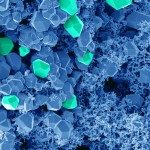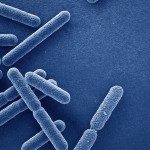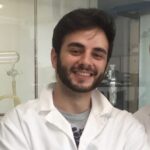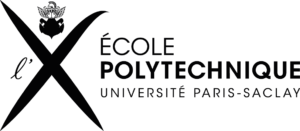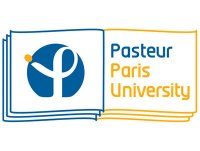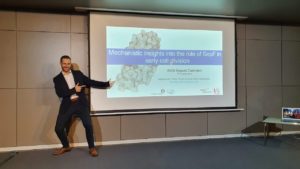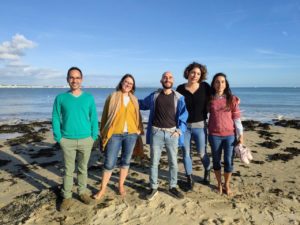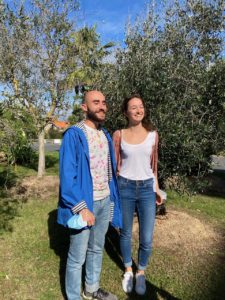The cell cycle is at the heart of all forms of life. Bacteria grow and divide by incorporating new cell wall material at the site of growth and septation via two multi-protein complexes: the elongasome and divisome respectively and in close concert with the metabolic and DNA replication status of the cell. Bacterial divisome assembly and regulation have been extensively studied since the discovery of the tubulin homologue – FtsZ – by Francois Jacob in 1968. Yet, how the divisome works at the molecular level remains poorly understood, even in the best-studied organisms such as E. coli. In Corynebacteriales, the suborder of Actinobacteria that includes M. tuberculosis, the situation is even worse: not only are most cell division proteins unidentified, but their polar growth mode and their elaborate multi-layered cell wall impose stringent and specific constraints on the composition and coordination of the septal divisome and polar elongasome.
Our central research goal is to understand cell cycle mechanisms in Corynebacteriales using Corynebacterium glutamicum as a model organism. We use a mechanistic cell biology approach to understand how the division and elongation machineries work and how they are regulated in time and space. We want to obtain direct structural information on the overall architecture of the divisome or its subcomplexes, a long-standing goal of the cell division community, that remains extremely challenging due to its size, complexity, membrane localization, and highly dynamic nature. We will use high-end MS interactomics methods to identify missing components, biophysical, biochemical and cell biological techniques to characterize them, and integrative structural biology approaches to understand their assembly mechanisms, enzymatic activities, and regulation. In this way we will generate new knowledge regarding the inner workings of a living cell and the transmembrane communication during cell division.
In parallel we develop chemical and imaging tools for cell cycle research and antimicrobial discovery. The cell cycle is an attractive therapeutic target. Bacteria grow and divide by incorporating new cell wall material at the sites of septation and growth. Since the discovery of penicillin, destabilizing the cell wall has been a widely used strategy to fight bacterial infections, and the specialized corynebacterial cell wall is the target of several clinically relevant anti-TB drugs. Most enzymes required for cell wall remodeling form part of the divisome or elongasome machineries, and interfering with the function of either complex leads to strikingly different cell morphologies in Corynebacteriales. We will exploit these morphological readouts to discover chemical compounds that target conserved essential cell cycle mechanisms and will elucidate their modes of action. We will develop an innovative screening and characterization pipeline, based on high content imaging and AI-driven analysis, to address antimycobacterial drug discovery in a non-pathogenic surrogate system – before testing the most promising hits directly on M. tuberculosis.


